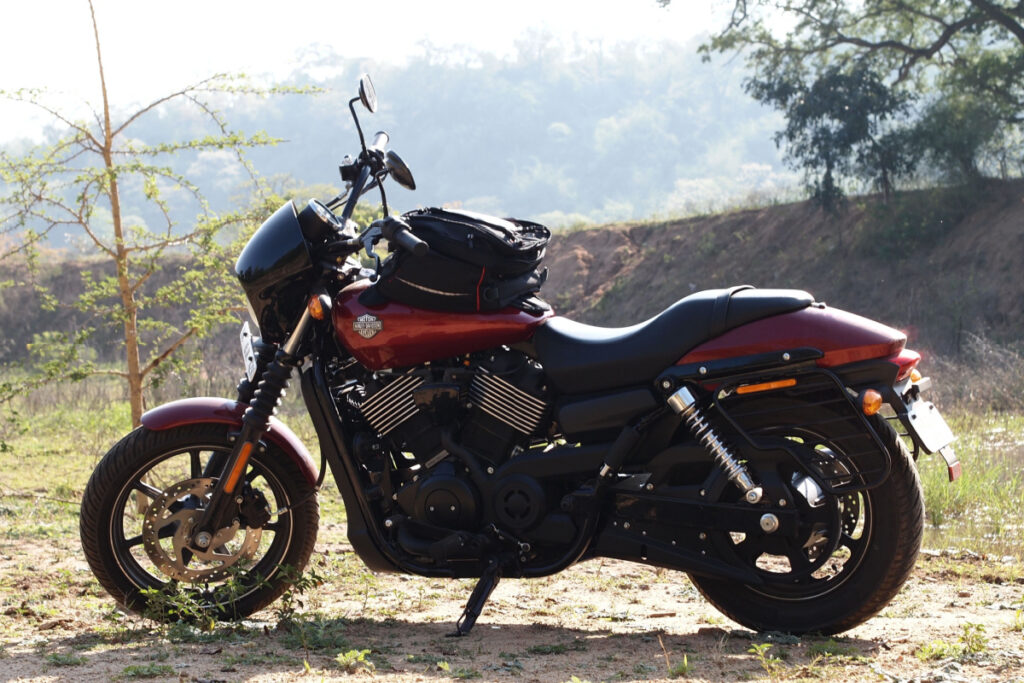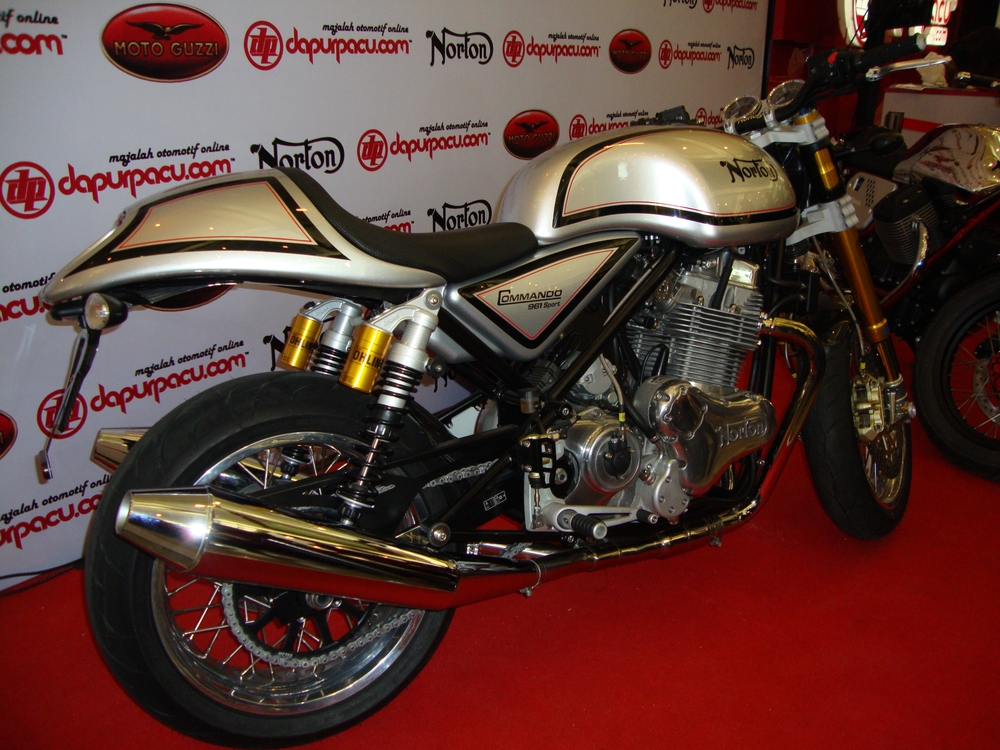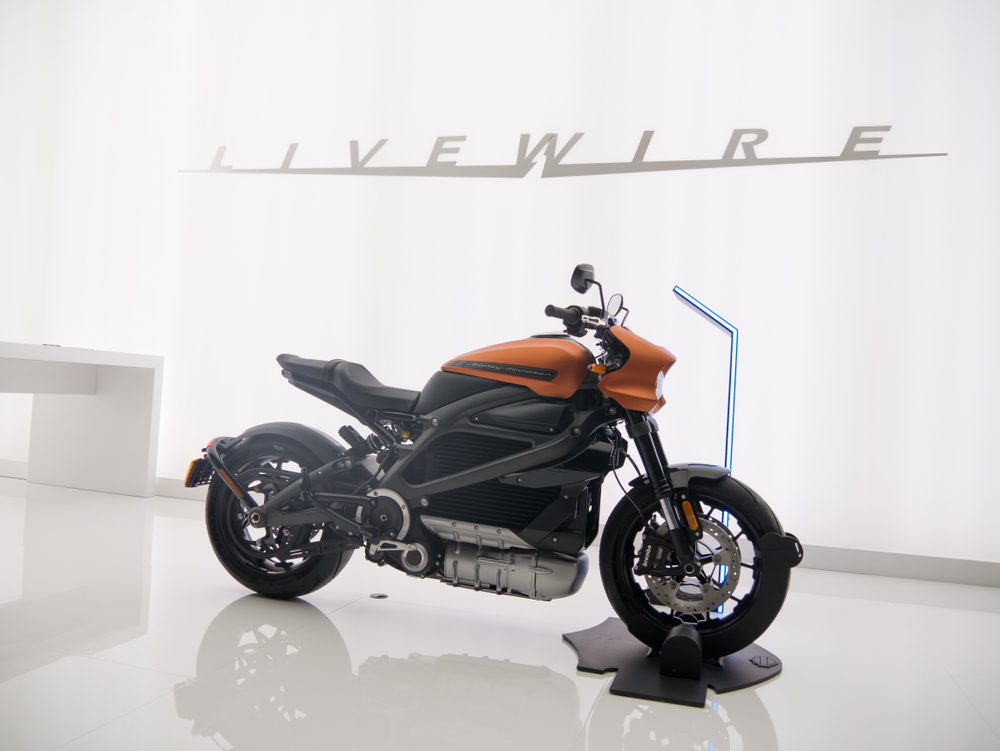Sometimes, a motorcycle hits the market with high hopes and flashy promises, only to fall flat in real-world performance. From groundbreaking designs that didn’t quite work out to reliability issues that left riders frustrated, these bikes left more to be desired. Here’s a look at 17 motorcycles that made big promises but ended up disappointing fans and buyers alike.
Contents
Honda DN-01

Honda’s DN-01 was launched with a futuristic vision, offering an automatic transmission that promised a new riding experience. Despite its high-tech appeal, the bike struggled to meet rider expectations. The 680cc V-twin engine proved underwhelming, delivering neither the punch nor the agility enthusiasts sought. Priced steeply and hindered by awkward styling, the DN-01 was discontinued shortly after a lukewarm reception.
Suzuki RE5 Rotary

Touted as a breakthrough, the Suzuki RE5 boasted a rotary engine intended to offer a smooth and powerful ride. Unfortunately, the RE5’s maintenance demands and quirky design were off-putting to potential buyers. Not only was fuel efficiency poor, but its unique features didn’t live up to their hype. Ultimately, Suzuki pulled the model after facing lukewarm interest from riders.
Harley-Davidson Street 500

Harley-Davidson introduced the Street 500 to appeal to newcomers, promising an accessible entry into the Harley brand. While its affordability was a draw, its overall build quality disappointed enthusiasts. The 500cc engine lacked Harley’s characteristic growl, leaving riders unsatisfied. Critics pointed to its subpar handling as a mismatch for Harley’s traditional high standards.
Yamaha GTS1000

Yamaha’s GTS1000 was engineered with advanced technology, incorporating hub-centered steering for enhanced control. However, this innovation came with trade-offs in weight and complexity, diminishing the bike’s performance benefits. Many riders found the handling more cumbersome than refined, and the model’s high price tag deterred a wide market appeal. Ultimately, the GTS1000 fell short of the revolution Yamaha intended.
BMW C1

As a scooter with a cabin, the BMW C1 aimed to be a helmet-free solution for urban commuters. Yet, its bulky design complicated handling in tight spaces, and highway performance remained limited. Pricey and less practical than traditional scooters, the C1 quickly lost its niche. BMW soon withdrew the C1 from production, marking it as an experiment that didn’t resonate widely.
Buell Blast

The Buell Blast was intended to be a beginner’s dream, offering simplicity and a lightweight design. Yet the bike’s 492cc engine felt underpowered, and handling issues often frustrated even novice riders. Frequent mechanical problems and a low-quality finish made it less desirable over time. Buell’s effort to capture a younger market backfired, and the Blast was eventually discontinued.
Victory Vision

Victory’s Vision was positioned as the ultimate luxury touring bike with eye-catching futuristic styling. However, the unique design alienated many riders who favored more classic touring aesthetics. Despite a robust 106 cubic-inch engine, the bike’s weight and handling issues detracted from comfort on long rides. Victory eventually acknowledged that the Vision did not meet expectations and discontinued it.
Norton Commando 961

Reviving a classic, the Norton Commando 961 was supposed to capture vintage charm with modern performance. Instead, buyers faced quality control issues and recurring mechanical problems that made the bike unreliable. With frequent breakdowns, the model’s retro appeal was tarnished, frustrating loyalists. Norton’s ambition to restore its iconic model faded as the Commando 961 failed to deliver.
Harley-Davidson LiveWire

As Harley-Davidson’s leap into electric motorcycles, the LiveWire promised a modern ride with zero emissions. Yet, its high price and limited battery range deterred traditional Harley fans and EV enthusiasts alike. Though smooth, the electric powertrain didn’t offer the torque-heavy experience Harley riders expected. Despite its innovative appeal, the LiveWire struggled to find a broad audience.
Honda Pacific Coast

Designed as a commuter-friendly touring bike, Honda’s Pacific Coast featured ample storage and a fully enclosed design. However, many found its styling unexciting, and its limited power failed to captivate a broader market. While practical, the bike lacked the flair Honda enthusiasts were accustomed to. The Pacific Coast soon exited production after lukewarm demand.
Kawasaki ZZR1200

With the ZZR1200, Kawasaki aimed to combine sport and touring performance into one package. However, the 1,164cc engine’s power was somewhat overshadowed by handling that felt clumsy in tighter corners. Its outdated design didn’t help attract buyers, and the ride quality was rougher than expected. As other models filled the sport-touring niche, the ZZR1200 faded from Kawasaki’s lineup.
Triumph Tiger 1050

Triumph’s Tiger 1050 attempted to enter the competitive adventure market but faced challenges off-road. Despite a powerful 1,050cc engine, the bike’s weight and handling weren’t ideal for rugged terrain. The heavy frame reduced its agility, making it a tough sell for adventure seekers. Triumph later adjusted its approach, shifting focus to other models.
Can-Am Spyder

The Can-Am Spyder launched with the unique promise of a three-wheel design aimed at rider safety. However, it sacrificed agility for stability, making the riding experience feel more restrictive. Handling felt awkward, and performance was less thrilling than two-wheel options. Though the Spyder found a niche, it did not achieve widespread appeal among performance enthusiasts.
Harley-Davidson V-Rod

The V-Rod marked Harley-Davidson’s attempt to modernize, promising a sleek, powerful cruiser. Yet, its departure from traditional Harley styling and heavy build alienated many fans. The bike’s unique design couldn’t attract the new demographic Harley aimed for, leaving it stuck between audiences. Eventually, the V-Rod was retired from Harley’s lineup.
Royal Enfield Himalayan

Marketed as a budget adventure bike, the Royal Enfield Himalayan was intended to be accessible and rugged. Yet, riders soon reported issues with reliability, including frequent engine problems and overheating. Its modest power left much to be desired on tougher trails. Although popular among beginners, it has yet to earn a strong reputation among adventure enthusiasts.
Bimota Tesi 3D

The Bimota Tesi 3D promised an advanced riding experience with its unusual hub-steering design. While visually striking, the bike’s complex mechanics proved hard to handle for many, and its high price was off-putting. Riders found the handling difficult to master, limiting its appeal to niche collectors. As a result, the Tesi 3D remains a rare sight rather than a revolutionary model.
Aprilia Mana 850

The Aprilia Mana 850 aimed to offer versatility with its automatic CVT transmission, ideal for newcomers. Although unique, the transmission’s performance lacked the engagement of a manual, disappointing many riders. The bike’s power was also modest, and it struggled to find a strong fan base. Aprilia eventually discontinued the model, acknowledging it couldn’t meet broader expectations.
This article originally appeared in MyCarMakesNoise.
More from MyCarMakesNoise
10 Little-Known Facts About the Iconic Ford Mustang

The Ford Mustang, an enduring icon of American automotive culture, has captivated car enthusiasts since its debut in 1964. Known for its sleek design, powerful performance, and unmistakable emblem, the Mustang’s rich history is filled with intriguing details that have contributed to its legendary status. Read More.
15 Infamous Concept Cars That Never Hit the Roads

Concept cars often represent the pinnacle of a brand’s innovation and creativity, showcasing groundbreaking designs and cutting-edge technologies that captivate automotive enthusiasts and industry experts alike. Read More.
25 High-End Cars with Expensive Maintenance Needs

Owning a luxury car often comes with a hefty price tag, but it’s not just the initial cost you need to consider. Many high-end vehicles require significant upkeep, with repair bills and maintenance costs that can quickly add up. Read More.














